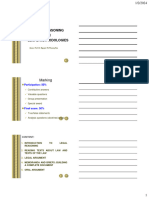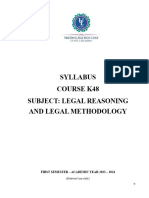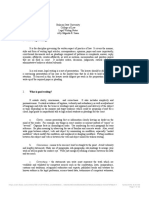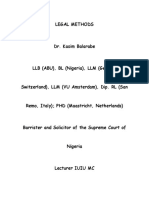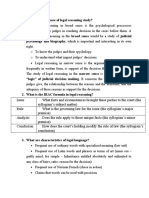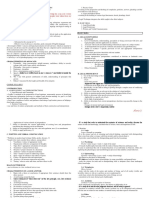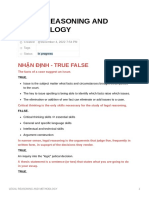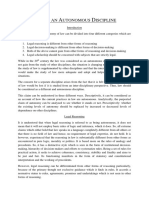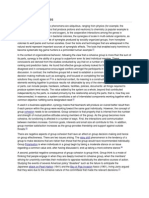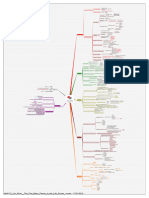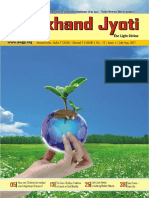0% found this document useful (0 votes)
26 views112 pagesCHAPTER 1. Introduction
The document outlines a course on legal reasoning, detailing its objectives, marking criteria, and study materials. It emphasizes the importance of understanding judicial decision-making processes and developing critical thinking and legal writing skills. The course also covers various aspects of legal argumentation, effective communication, and the distinction between primary and secondary legal sources.
Uploaded by
Trinh PhạmCopyright
© © All Rights Reserved
We take content rights seriously. If you suspect this is your content, claim it here.
Available Formats
Download as PDF, TXT or read online on Scribd
0% found this document useful (0 votes)
26 views112 pagesCHAPTER 1. Introduction
The document outlines a course on legal reasoning, detailing its objectives, marking criteria, and study materials. It emphasizes the importance of understanding judicial decision-making processes and developing critical thinking and legal writing skills. The course also covers various aspects of legal argumentation, effective communication, and the distinction between primary and secondary legal sources.
Uploaded by
Trinh PhạmCopyright
© © All Rights Reserved
We take content rights seriously. If you suspect this is your content, claim it here.
Available Formats
Download as PDF, TXT or read online on Scribd
/ 112
